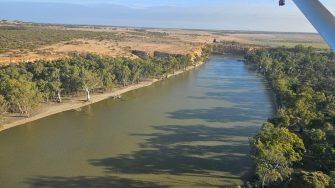Notice of low level aerial survey work across eastern Australia 1st Oct - 15th Nov 2024
The annual low level aerial survey work to be carried out by the University of NSW is part of a collaborative large scale wildlife monitoring program designed by CSIRO that has operated successfully since 1983 and is supported by the Australian, Qld, NSW, Vic and SA governments.


